- Massive Range
- FREE UK Delivery
- Rapid Dispatch
- Massive Range
- FREE UK Delivery
- Rapid Dispatch
- Massive Range
- FREE UK Delivery
- Rapid Dispatch
Home » Round vs Square Metal Tubing: Which Is Better for Your Build?
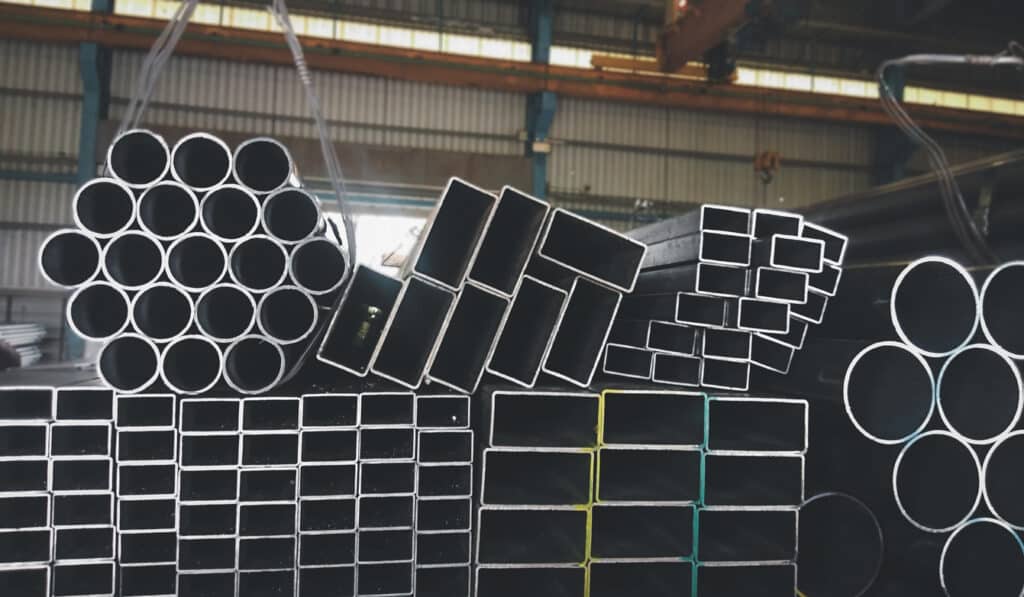
When planning any construction or fabrication project, choosing the right shape of metal tubing is vital. Whether you’re building a sturdy frame, a custom railing, or a piece of furniture, selecting between round and square tubing can significantly affect the outcome. Each form brings its own set of strengths, and your choice should align with the mechanical demands, aesthetic expectations, and installation requirements of your build.
In this guide, we’ll explore the key differences between round and square metal tubing, comparing their uses, advantages, and applications. We’ll also highlight how each option performs in real-world scenarios using examples from our range at Speciality Metals.
Metal tubing is a hollow section of metal often used for structural or decorative purposes. Unlike pipes, which are usually defined by their internal diameter and used for fluid transport, tubing is defined by its external dimensions and used in mechanical and architectural applications.
At Speciality Metals, we supply both round and square tubing in materials such as:
Each metal offers unique properties suited to different environments, from indoor décor to harsh outdoor conditions.
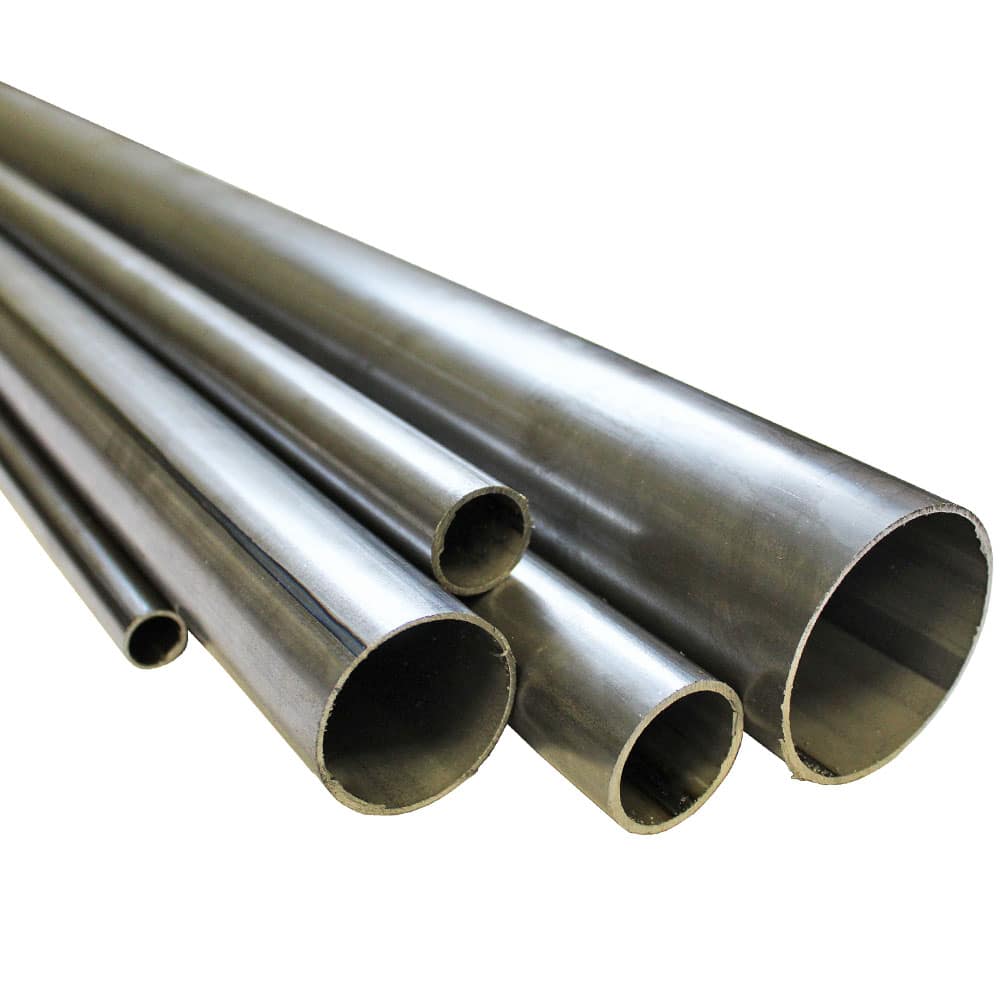
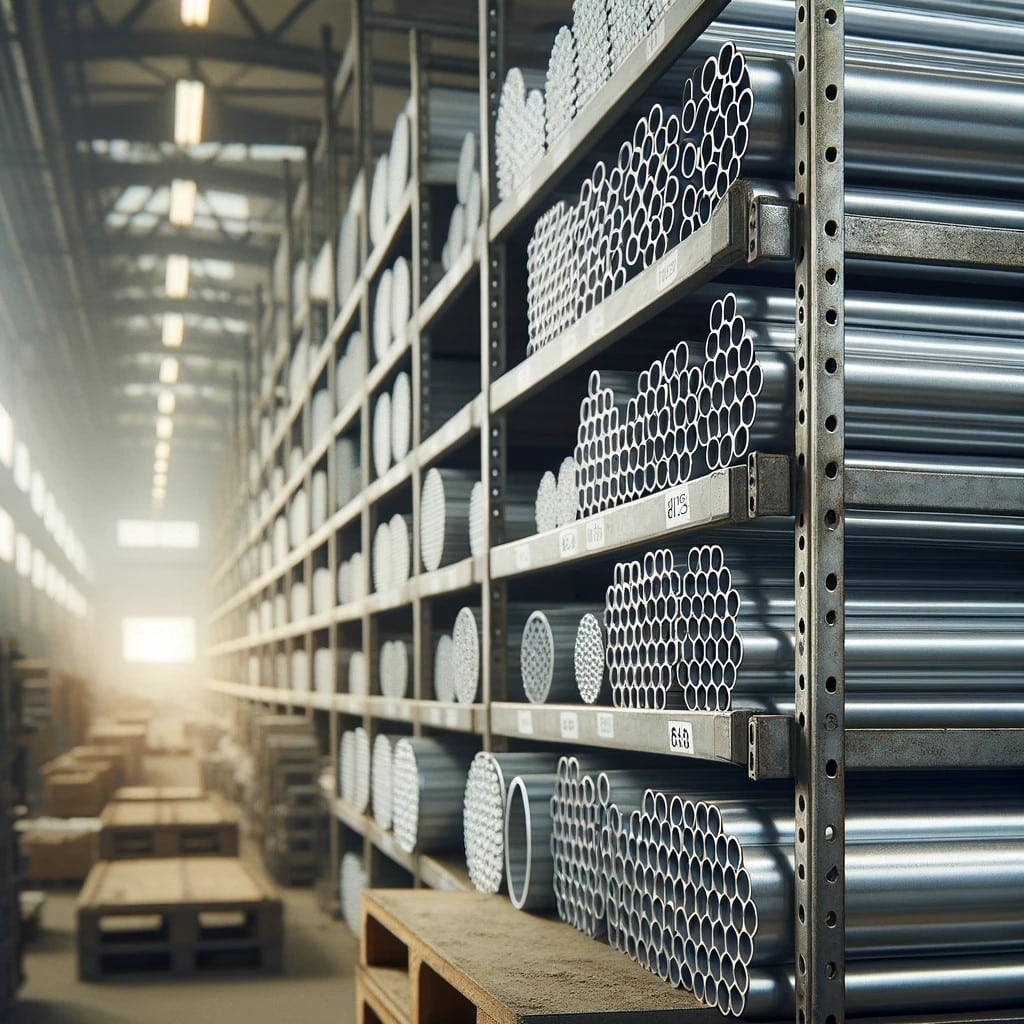
Round tubing is cylindrical and offers exceptional strength under torsion and radial pressure. It’s often used in:
Furniture legs and frames
Handrails and balustrades
Automotive chassis
Greenhouse frames
Because of its shape, it evenly distributes stress, making it a go-to choice for dynamic or circular loading situations.
✔ Efficient Load Distribution – Ideal for applications requiring strength in all directions.
✔ Better Aerodynamics – Preferred in projects where airflow is important, such as bike frames or exhaust systems.
✔ Easier to Roll or Bend – Especially when creating curves or arches in structures.
💡 Example from Speciality Metals: Our Mild Steel Round Tube is often used in lightweight structural frames and internal support systems.
Square tubing features four equal sides and is often used in static frameworks and box structures. Common uses include:
Gates and fences
Shelving units
Framing systems
Furniture design
Its flat surfaces allow for easier welding and joining, especially at right angles.
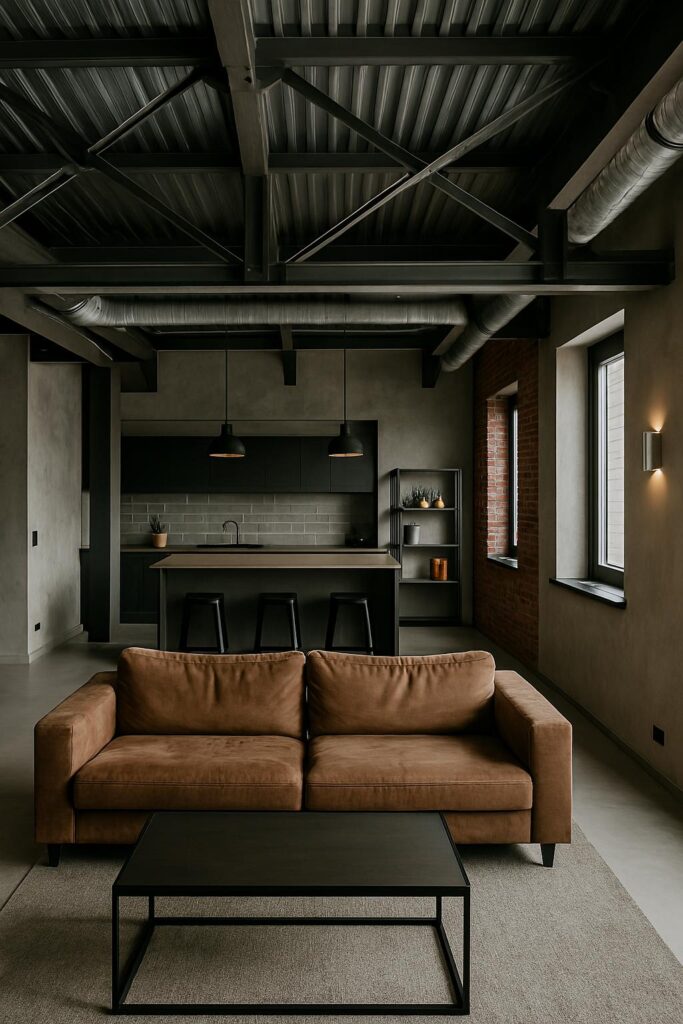
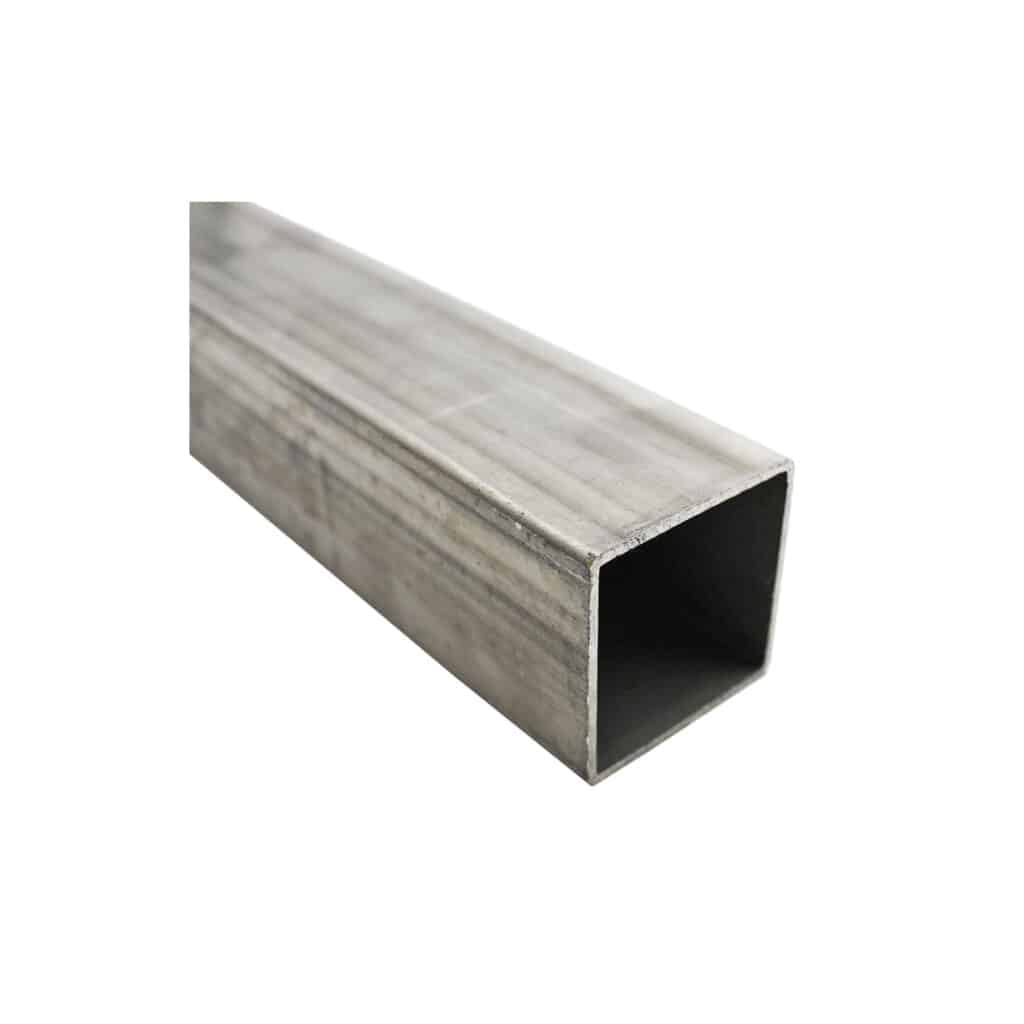
✔ Strong in Compression and Bending – Ideal for builds needing vertical or horizontal support.
✔ Easy to Join – Perfect for box frames or T-joint welding.
✔ Clean Aesthetics – Offers a sharp, modern finish for architectural or interior applications.
💡 Example from Speciality Metals: Our Aluminium Square Tube 6082-T6 is a lightweight, corrosion-resistant solution used widely in furniture fabrication and frames.
| Feature | Round Tubing | Square Tubing |
|---|---|---|
| Strength Under Torsion | Excellent | Moderate |
| Load-Bearing in Flat Frames | Moderate | Excellent |
| Ease of Welding | More complex due to curvature | Easy with flat surfaces |
| Aesthetic Appeal | Sleek and tubular | Clean and angular |
| Common Material Types | Mild Steel, Stainless, Aluminium | Mild Steel, Aluminium, Stainless |
| Use in DIY Projects | Less common due to complexity | Highly popular |
| Weight | Often lighter for same length | Can be heavier |
Different projects call for different types of metal tubing. Below are examples to help guide your selection:
Square aluminium tubing is preferred for greenhouses and garden furniture due to its corrosion resistance and clean lines.
✔ At Speciality Metals, we offer Aluminium Square Tube 6082-T6, perfect for external use thanks to its strength-to-weight ratio.

For visible internal structures or designer furnishings, round tubing made from mild or stainless steel provides a contemporary look.
✔ Our Mild Steel Round Tube is ideal for table frames, modern shelving, furniture and bespoke installations.
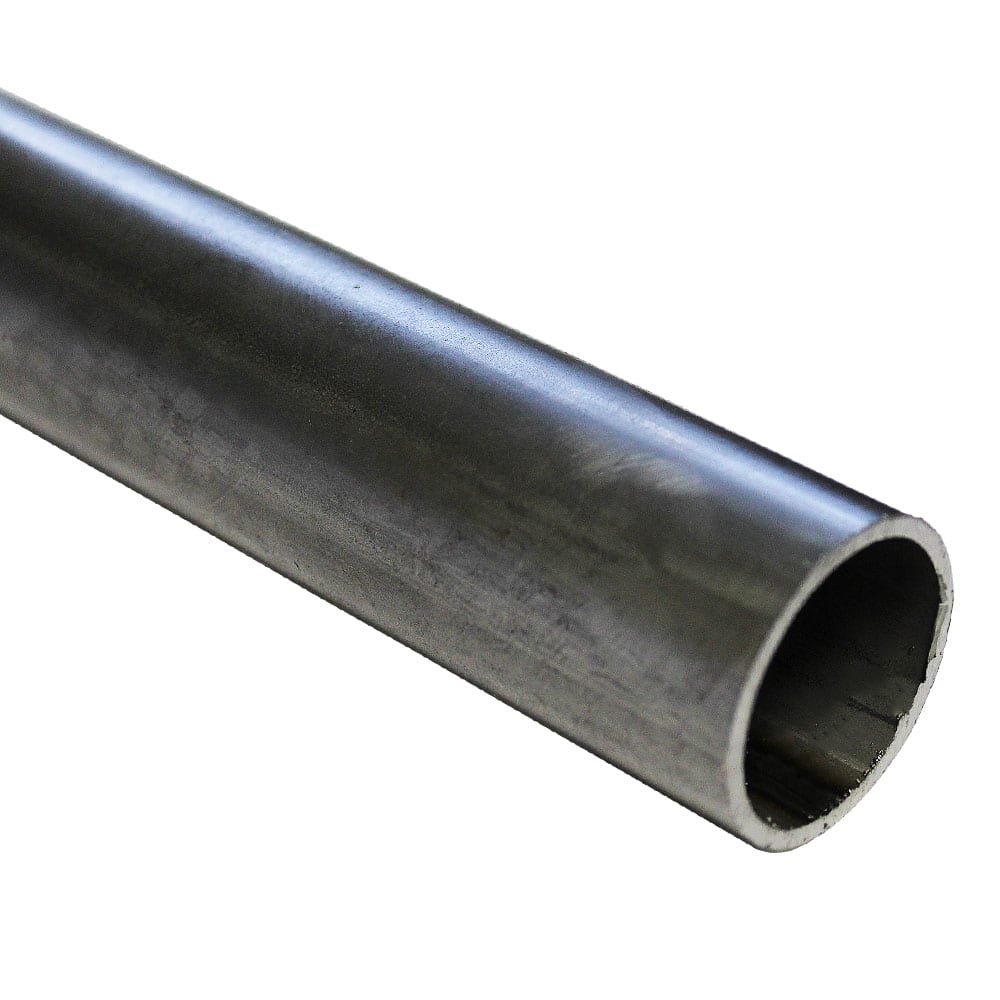
Heavy-duty frameworks benefit from square mild steel tubing, offering excellent rigidity and straightforward joining capabilities.
✔ Our Mild Steel Box Section is a customer favourite for machine support frames and fabrication workshops.
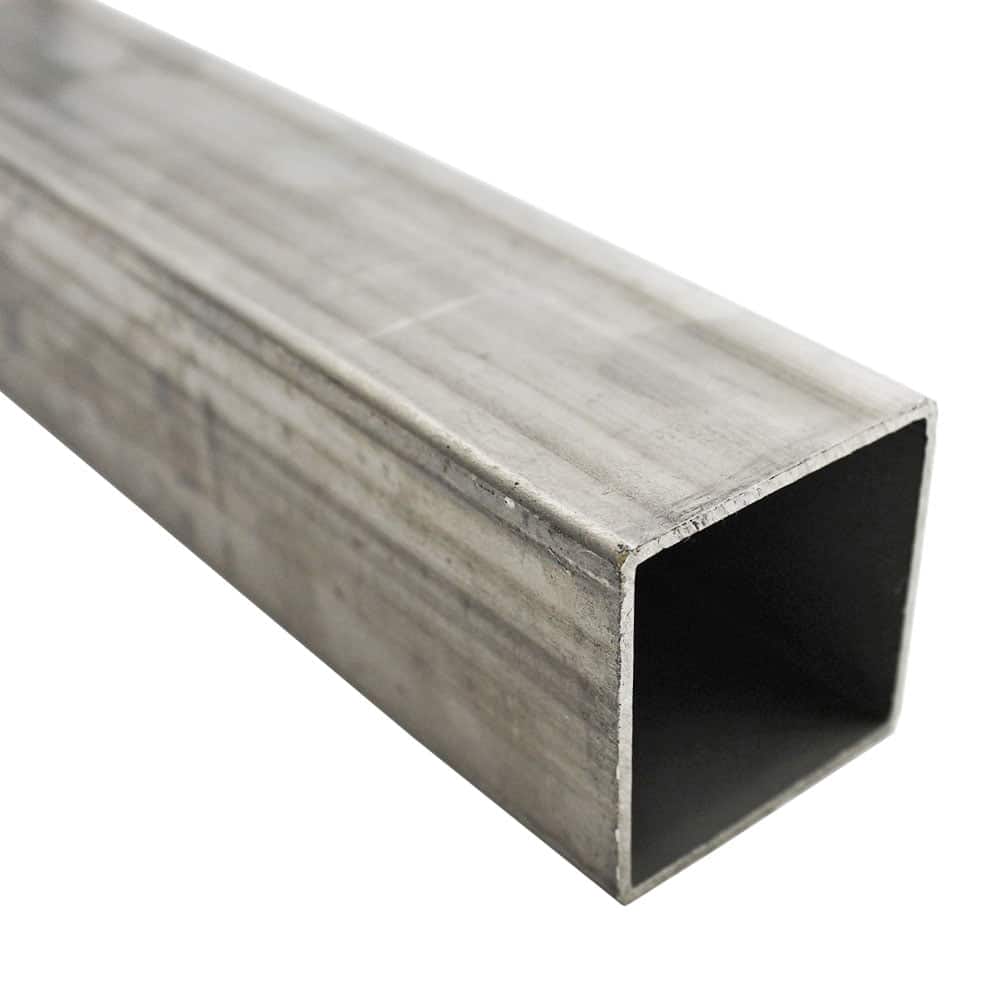
Once you’ve selected the shape, you’ll also need to consider which metal suits your application best.
Lightweight
Corrosion-resistant
Great for outdoor and transport builds
Affordable and strong
Easy to weld and machine
Must be protected against rust
Excellent corrosion resistance
Sleek, hygienic finish
Common in railings and food-safe applications
It’s important to think about more than just strength and appearance. You should also consider:
Ease of cutting and drilling
Compatibility with other materials
Long-term maintenance
Mounting points and fixings
Using precision tools and pre-cut options can also reduce material waste and improve your build’s efficiency.
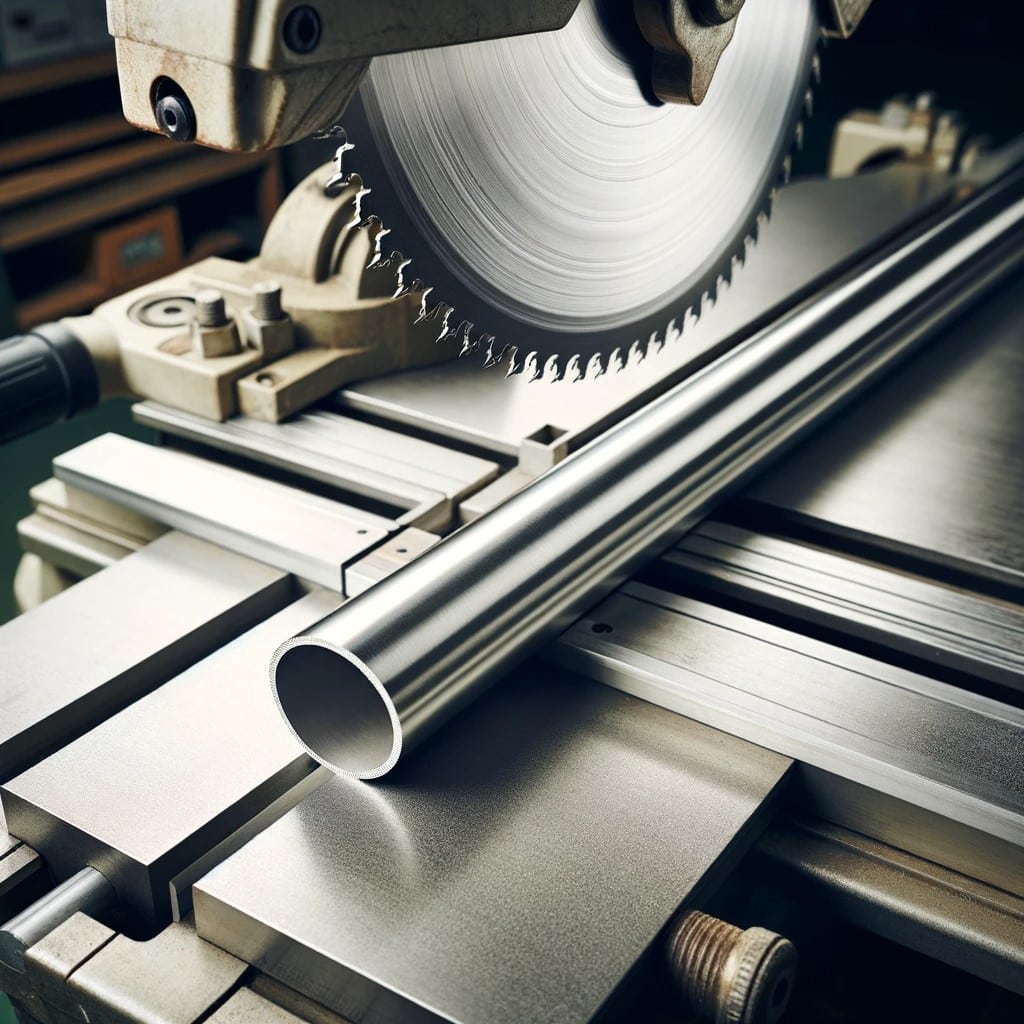
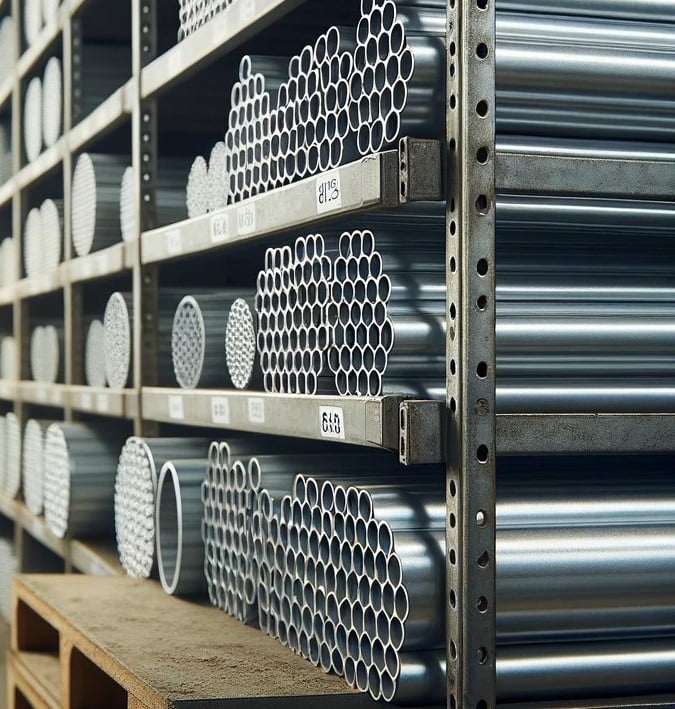
✔ Measure Twice, Cut Once – Ensure all angles and dimensions are exact to reduce scrap.
✔ Use the Right Fixings – Consider brackets, flanges, or welds suitable for the chosen shape.
✔ Deburr All Edges – Smooth ends increase safety and improve joint strength.
✔ Finish Smartly – Powder coating or galvanising will protect mild steel; polishing enhances stainless steel’s appearance.
To illustrate how each shape performs, the following graph compares relative strength across different load scenarios.
📊 Strength Index: Higher = More Suitable
Graph comparing round and square tubing for torsion, compression, bending, and shear load.
| Load Type | Round Tubing | Square Tubing |
|---|---|---|
| Torsion | ★★★★★ | ★★★☆☆ |
| Compression | ★★★★☆ | ★★★★★ |
| Bending | ★★★☆☆ | ★★★★★ |
| Shear | ★★★★☆ | ★★★★☆ |
Choosing the Right Metal Tubing for Your Project? Consider These Options:
Mild Steel Round Tube
Great for general structural use and available in a wide range of sizes.
Aluminium Square Tube 6082-T6
Lightweight, corrosion-resistant, and ideal for projects where weight matters.
Stainless Steel 304 Round Tube
Perfect for architectural designs or hygienic environments like cleanrooms.
Mild Steel Square Box Section
Excellent strength and stability for load-bearing frameworks.
🛒 Explore these options in our metal tubing collection — with fast, UK-wide delivery from Speciality Metals.
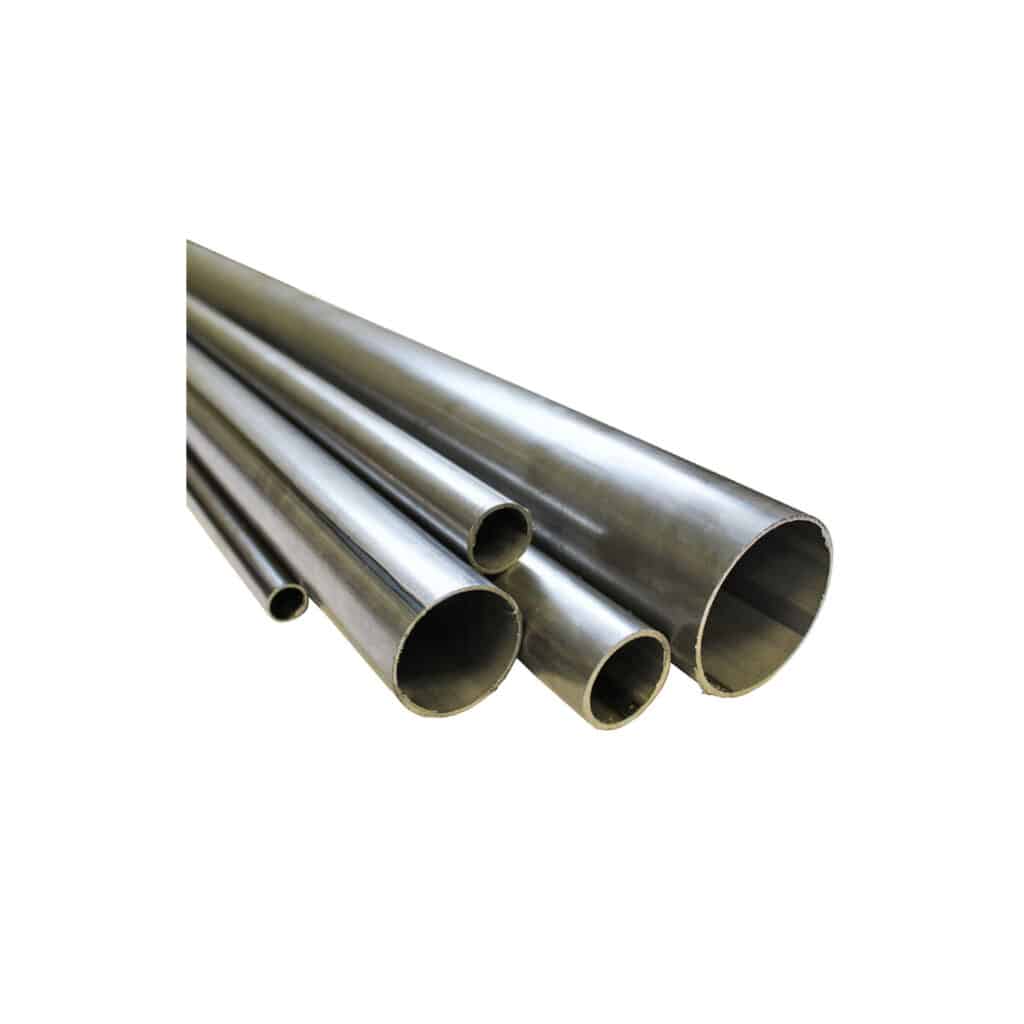
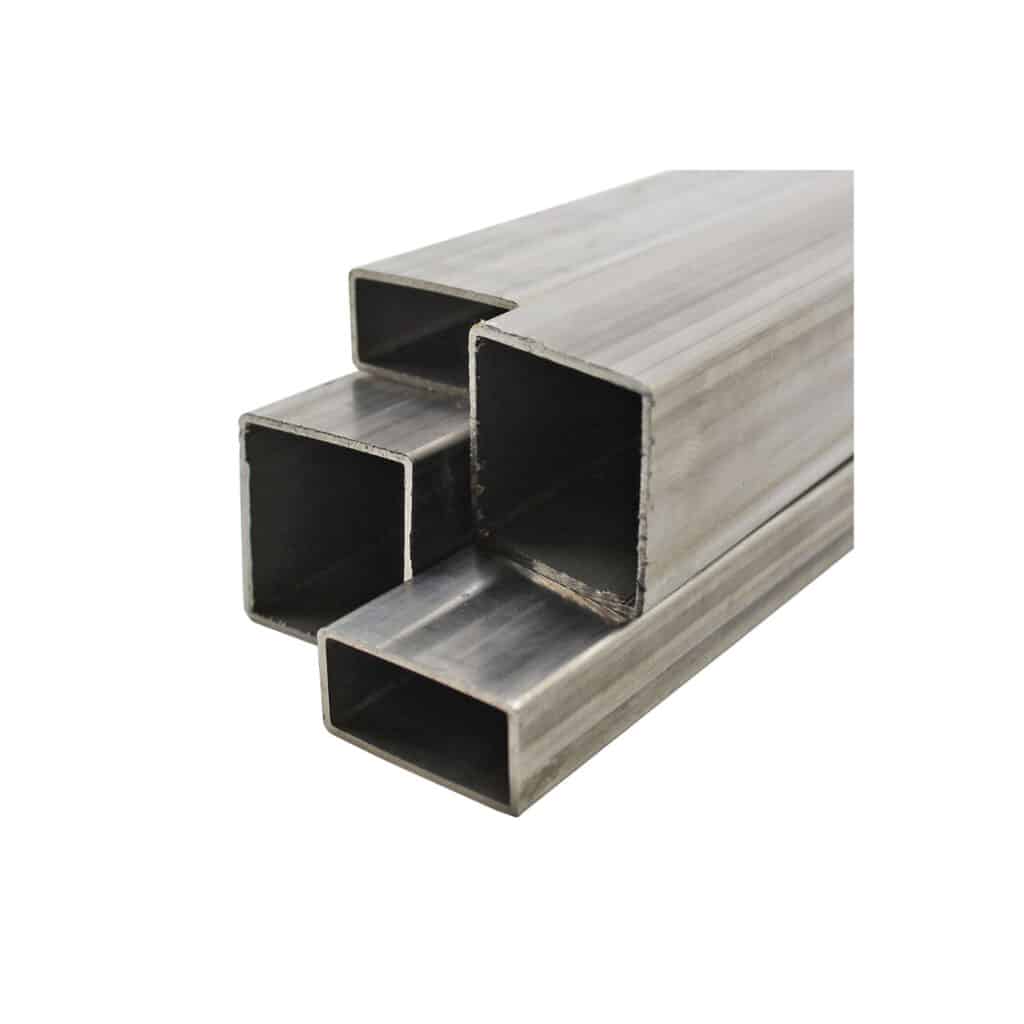
The choice between round and square metal tubing ultimately comes down to your project’s specific demands. If you require load-bearing strength and geometric stability, square tubing often provides better support. Conversely, round tubing is ideal where stress is applied evenly or where a smoother, curved design is desired.
By understanding the distinct advantages of each type and matching them to the correct metal, you’ll build something both functional and long-lasting. For the best results, always choose high-quality materials from reputable suppliers like Speciality Metals, where our extensive range of metal tubing suits everything from hobby projects to industrial-grade constructions.
As always, thank you for checking out our blog. We hope that this helps you with your project.
Please also check out the other articles in our helpful guide series. We have written about aluminium sheeting and checker plate recently to name but two of our articles.
We are also proud to sell this product on our highly popular eBay store, check us out there too.
If you have any further questions, feel free to contact us.

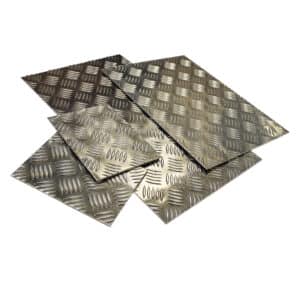

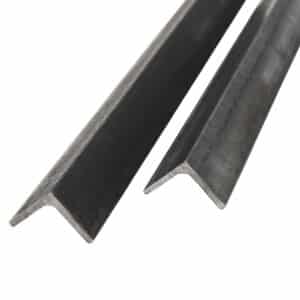
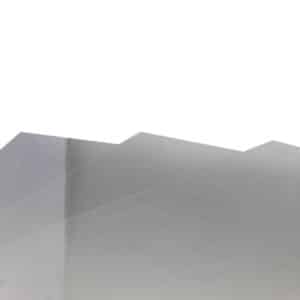
Speciality Metals
Unit 1, Farrell Street, Warrington,
Cheshire, WA1 2WW, United Kingdom
Quick Links
Payment Options
